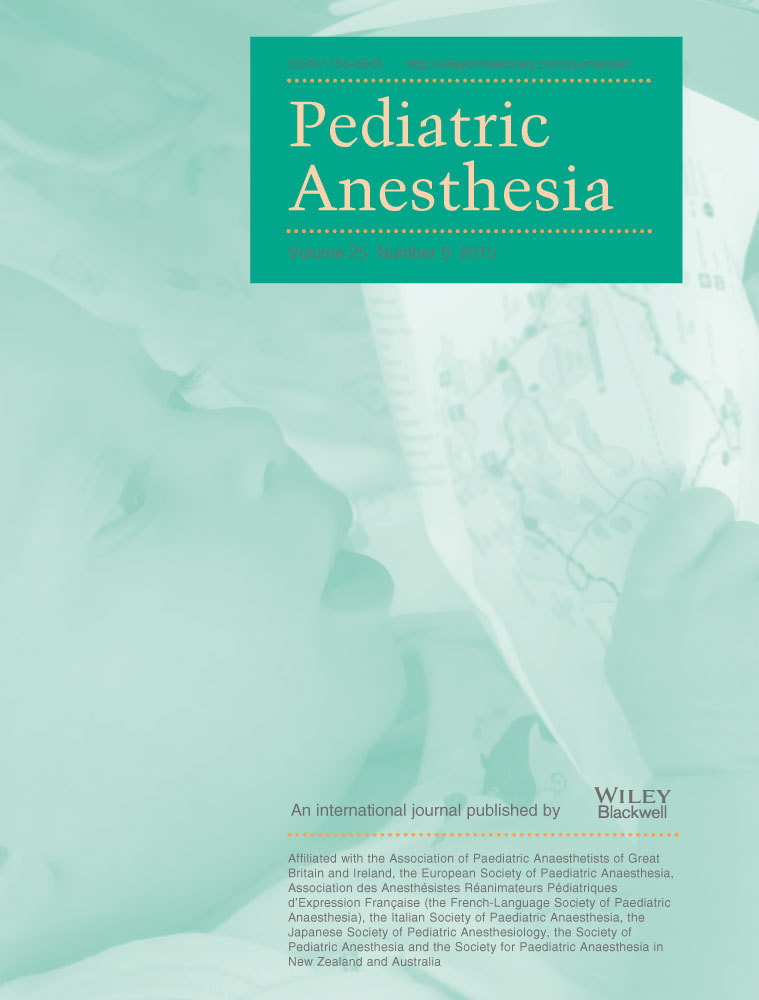Nares-to-carina distance in children: does a ‘modified Morgan formula’ give useful guidance during nasal intubation?
Summary
Background
Knowledge of the normal nares-to-carina (NC) distance might prevent accidental bronchial intubation and be helpful when designing preformed endotracheal tubes (ETT).
Objective
The aim was to measure NC distance and to examine whether a height/length-based ‘modified Morgan formula’ would give useful guidance for nasotracheal ETT depth positioning.
Methods
Two groups were studied. A younger group consisted of nasally intubated postoperative patients. In these, NC distance was obtained as the sum of ETT length and the distance from the ETT tip to the carina, as measured from an anteroposterior chest X-ray. An older group consisted of children who had undergone computerized tomography (CT) examination including head, neck, and chest. In these, NC was measured directly from the CT image. The modified Morgan formula was derived from the NC vs height/length relationship.
Results
Nares-to-carina distance was best predicted by a linear equation based on patient height. The equation in the younger group (1 day–8 years, n = 57) was: NC (cm) = 0.14 × height + 5.8, R2 = 0.90, and in the older group (2.1–20 years, n = 45): NC (cm) = 0.15 × height + 3.4, R2 = 0.93. The equation for the groups combined (n = 102) was: NC (cm) = 0.14 × height + 6.2, R2 = 0.97. Based on the latter equation, a modified Morgan formula was identified as: ETT position at nares in cm = 0.12 × height + 5. If the ETT had been placed as calculated by this formula, the ETT tip would have been at 85 + 5% (mean ± sd) of NC distance, and the ETT tip-to-carina distance would have been 3.1 ± 1.1 cm (range 0–6.6). Bronchial intubation would not have occurred in any child, but a comparison to tracheal length measurements indicates that ETT tip position could be too proximal in some children.
Conclusion
The study confirms previous reports: NC distance can be well predicted from height/length. A modified Morgan formula might decrease the risk for accidental endobronchial intubation in infants and children, but ETT position need to be confirmed by auscultation or other verification.




